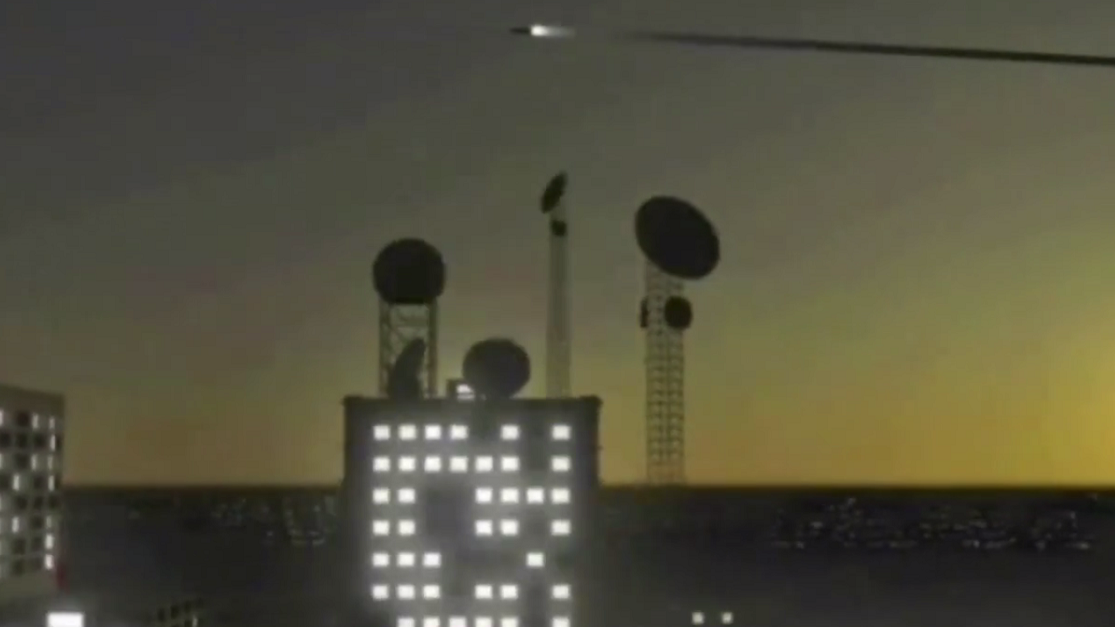Here’s how microwaves and micro-robots could stop North Korea

SUMMARY
With the apparently successful test of an ICBM by North Korea, questions arise about what can be done about the regime of Kim Jong Un. This is understandable. After all, he did threaten Sony over the 2014 movie "The Interview."
Also, the whole humanitarian crisis thing.
According to an op-ed in the Washington Times, there are some high-tech options that could shut down the North Korean threat. Investigative reporter Ronald Kessler stated that the Pentagon was looking at a cruise missile that could fry electronics. He reported that the Pentagon is also exploring micro-robots capable of delivering a lethal toxin to the North Korean dictator.
The cruise missile is known as the Counter-electronics High-powered Microwave Advanced Missile Project, and it comes from Boeing's Phantom Works — a lesser-known advanced aerospace projects division than the Lockheed Skunk Works. The missile uses microwaves to knock out radios and other electronic equipment. Boeing released a video about a 2012 test that you can see here.
According to army-technology.com, CHAMP is capable of knocking out electronics in specific buildings. This means that the effects on civilians would be minimized. FlightGlobal.com reported that the Air Force has chosen the AGM-158B JASSM-ER to deliver the CHAMP warhead. The system is capable of firing 100 shots.
Kessler also mentioned the use of insect-sized robots as potential weapons. While assassinations are currently prohibited by an executive order signed by President Gerald R. Ford, such a policy could be reversed by President Trump "with a stroke of the pen." The advantage of using the micro-drones to bump off Kim Jong Un would be the fact that no American lives would be put at risk for the operation.
FoxNews.com reported that since the North Korean test, the United States tested the Terminal High-Altitude Air Defense system in Alaska. The system continued a perfect record on tests when a battery stationed in Alaska took out a missile launched from Hawaii. Two launchers from a battery of six have been deployed in South Korea.
SHARE
